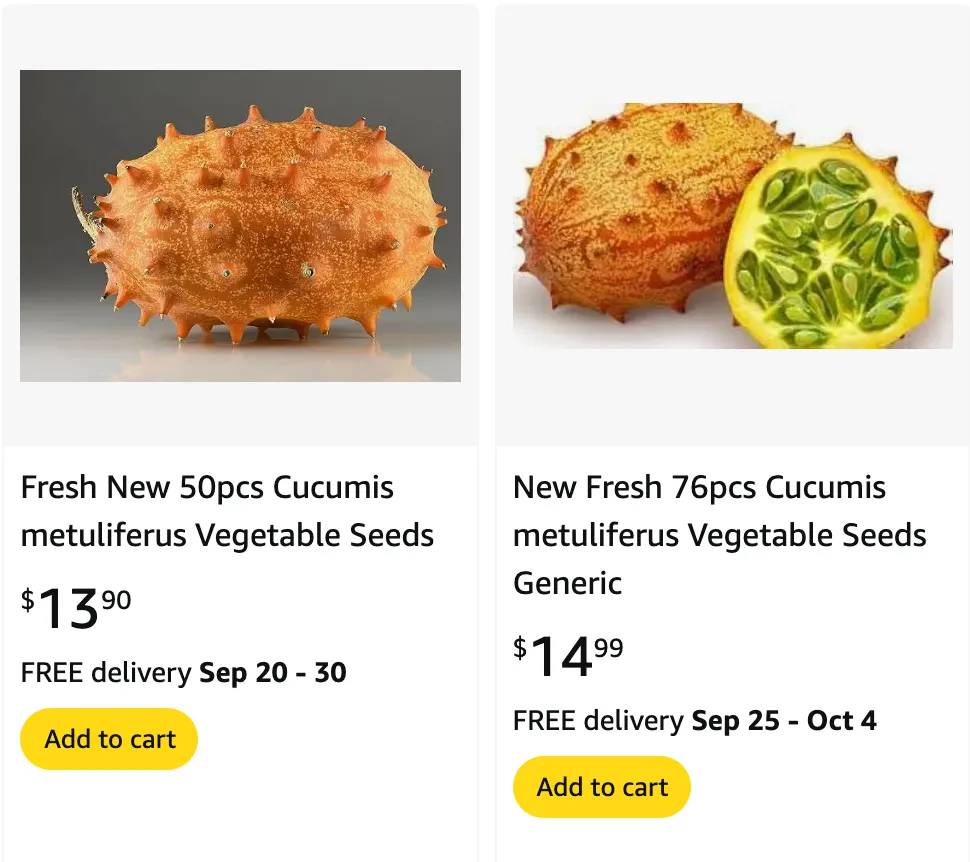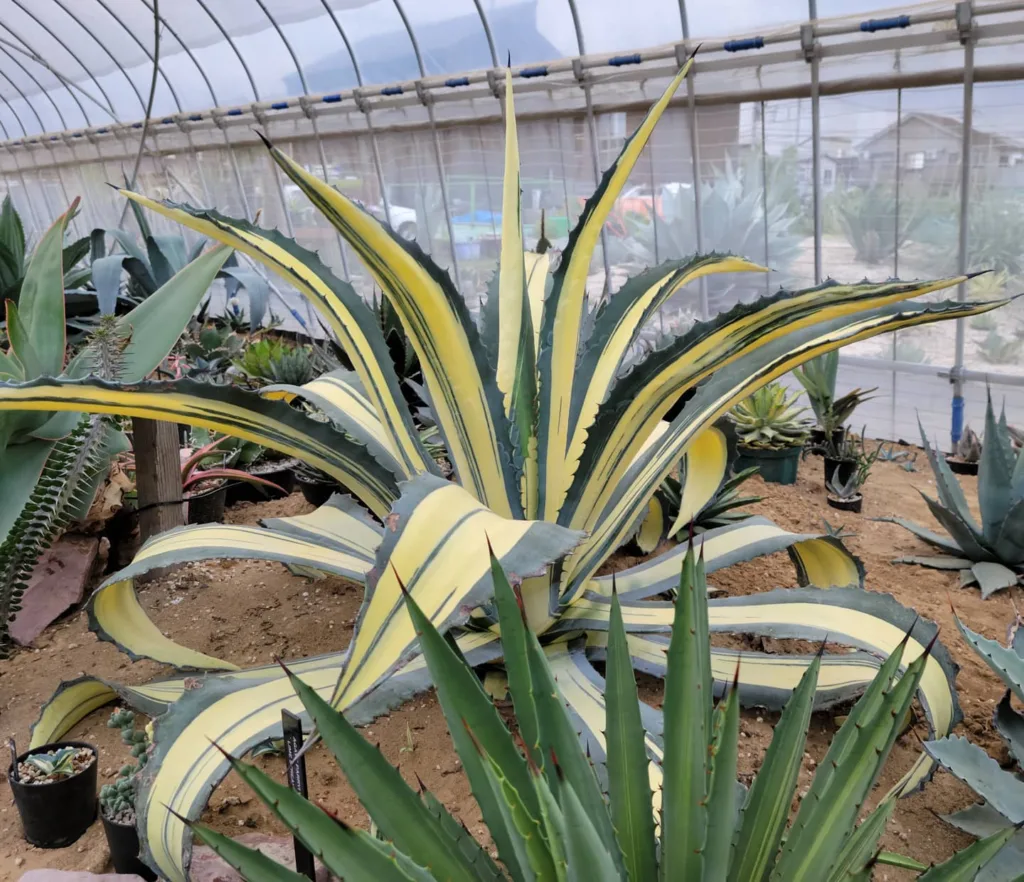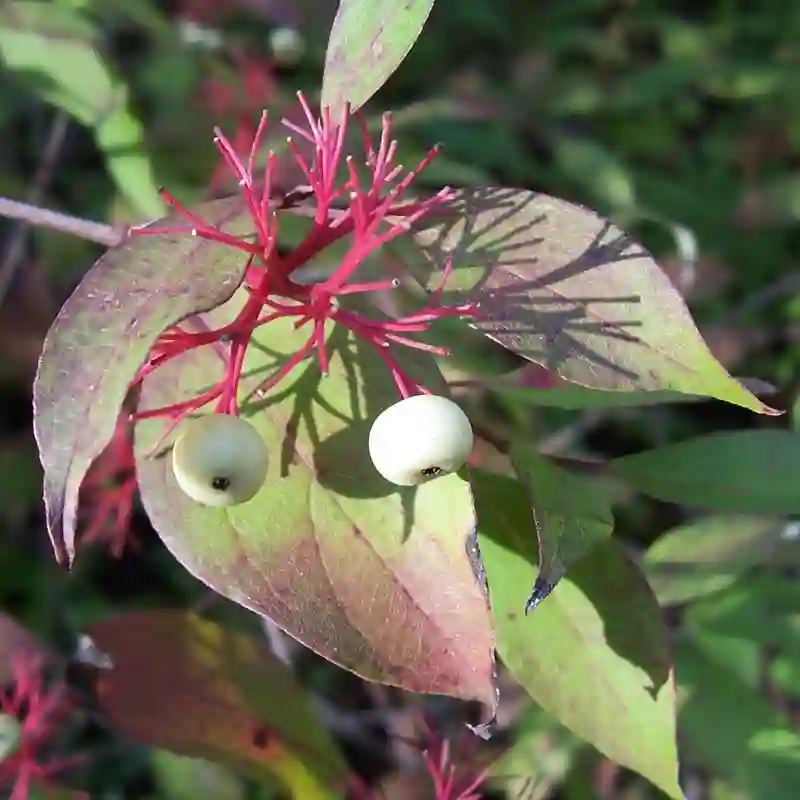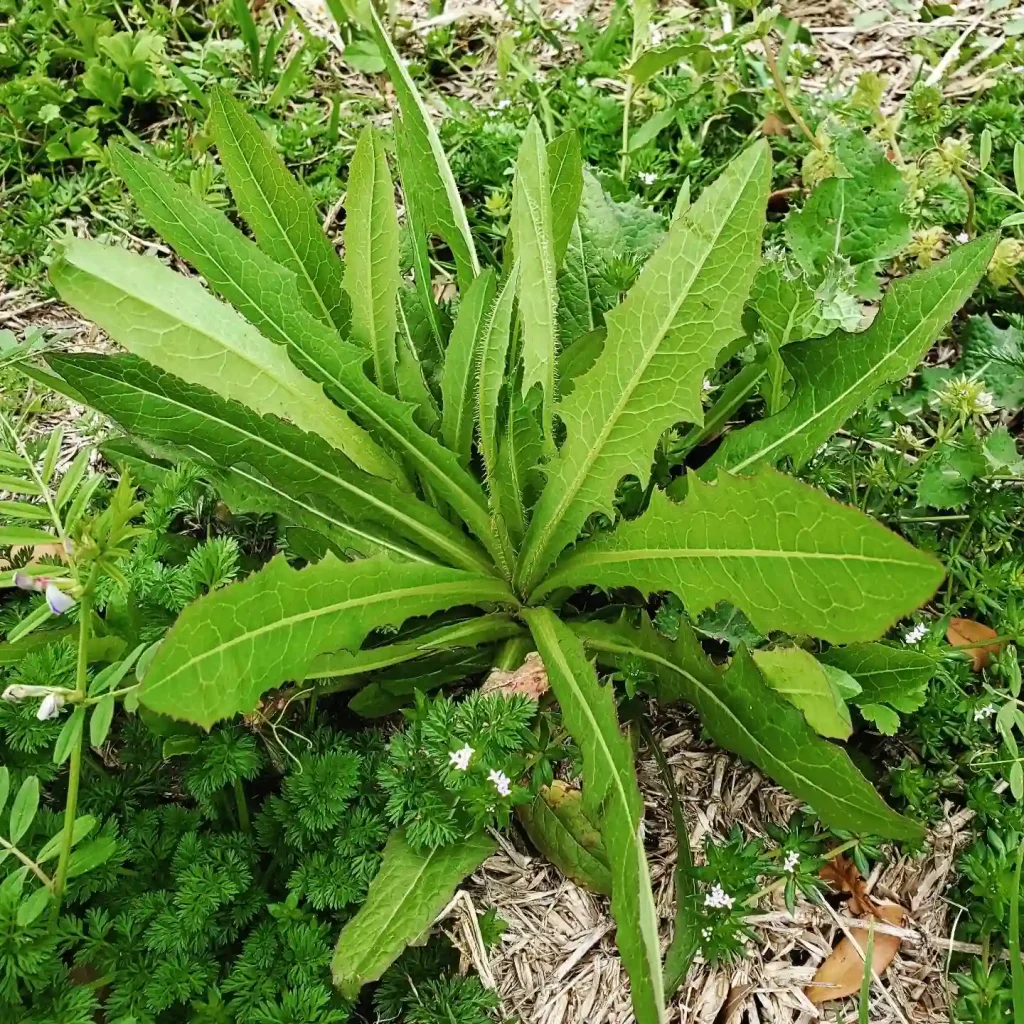
FAQs About Cucumis Metuliferus
As a plant enthusiast, I’m always eager to share my experiences and knowledge about unique and interesting plants. One such plant that’s captured my attention is Cucumis Metuliferus, commonly known as the Kiwano or Horned Melon. This exotic fruit is not only visually striking but also has a range of uses and care requirements. Here’s a comprehensive guide based on my personal experiences and research.
63 Species in Genus Cucumis
What Is Cucumis Metuliferus?
Cucumis Metuliferus, or Kiwano, is a fascinating fruit native to Africa. It’s known for its spiky orange skin and vibrant green, jelly-like interior. Often referred to as the Horned Melon, it has a unique appearance that makes it a conversation starter in any garden or kitchen.
How to Care for Cucumis Metuliferus?
Caring for Cucumis Metuliferus can be a bit tricky, but with the right approach, it’s definitely manageable. Here are some tips from my experience:
- Sunlight: Kiwano plants thrive in full sun. They need at least 6 to 8 hours of sunlight daily to grow well. If you’re growing them indoors, ensure they get ample artificial light.
- Soil: The plant prefers well-draining soil. I recommend a mix of potting soil and sand or perlite to ensure proper drainage. Avoid heavy, clayey soils that retain water.
- Watering: Cucumis Metuliferus requires regular watering, but it’s important not to overwater. Allow the top inch of soil to dry out before watering again. Too much moisture can lead to root rot.
- Temperature: This plant loves warmth. It’s best suited for USDA Zones 9-11. If you live in a cooler climate, you might want to grow it in a greenhouse or use a cloche to protect it from frost.
- Fertilization: Feed the plant with a balanced, all-purpose fertilizer every 4-6 weeks during the growing season. This will help it produce healthy foliage and fruit.
How to Propagate Cucumis Metuliferus?
Propagating Kiwano is relatively straightforward. Here’s what I’ve found works best:
- Seeds: The most common method is from seeds. Start by soaking the seeds in water for 24 hours before planting. This helps to soften the seed coat and speeds up germination.
- Planting: Sow seeds in a seed tray or pots filled with seed-starting mix. Plant them about 1 inch deep. Keep the soil warm and consistently moist. Germination usually takes 2-3 weeks.
- Transplanting: Once seedlings have 2-3 sets of true leaves and the risk of frost has passed, you can transplant them to their final growing location.
What to Plant With Cucumis Metuliferus?
Cucumis Metuliferus pairs well with several companion plants. Here are a few suggestions based on my experience:
- Corn: Planting corn alongside Kiwano can provide a natural trellis for the vine to climb.
- Radishes: These can help deter pests that might otherwise target your Kiwano.
- Beans: Beans can fix nitrogen in the soil, which benefits the Kiwano plant.
Is Cucumis Metuliferus Toxic?
One of the best things about Cucumis Metuliferus is that it’s not toxic. You can safely grow it around children and pets without worry. The fruit is edible and has a mildly sweet and tangy flavor, although some might find its texture a bit unusual.
Benefits of Cucumis Metuliferus
Cucumis Metuliferus offers several benefits:
- Nutritional Value: The fruit is rich in vitamins A and C, potassium, and antioxidants. It’s a healthy addition to any diet.
- Hydration: With its high water content, the fruit is great for staying hydrated.
- Unique Flavor: The taste is often described as a cross between cucumber and zucchini, with a refreshing twist.
Common Problems with Cucumis Metuliferus
Like any plant, Kiwano can face a few issues:
- Pests: Watch out for aphids and spider mites. Regularly check the undersides of leaves and treat infestations promptly.
- Disease: Powdery mildew can be a problem in humid conditions. Ensure good air circulation and avoid overhead watering to reduce the risk.
- Pollination: Cucumis Metuliferus requires pollination to produce fruit. If you’re growing it indoors, you might need to hand-pollinate the flowers.
Compare with Other Similar Plants
If you’re considering Cucumis Metuliferus, you might also want to compare it with other exotic fruits:
- Cucumber (Cucumis Sativus): While both belong to the Cucumis genus, Cucumis Metuliferus is much more visually striking and has a different flavor profile compared to the common cucumber.
- Dragon Fruit (Hylocereus): Both are exotic and visually stunning, but Dragon Fruit has a sweeter taste and a different growing habit.
- Passion Fruit (Passiflora Edulis): Passion Fruit shares the exotic appeal but has a sweeter, more aromatic flavor compared to the Kiwano.
In conclusion, Cucumis Metuliferus is a rewarding plant to grow, with its unique appearance and beneficial qualities. With the right care and attention, it can thrive and add an exotic touch to your garden or home.
If i die, water my plants!



